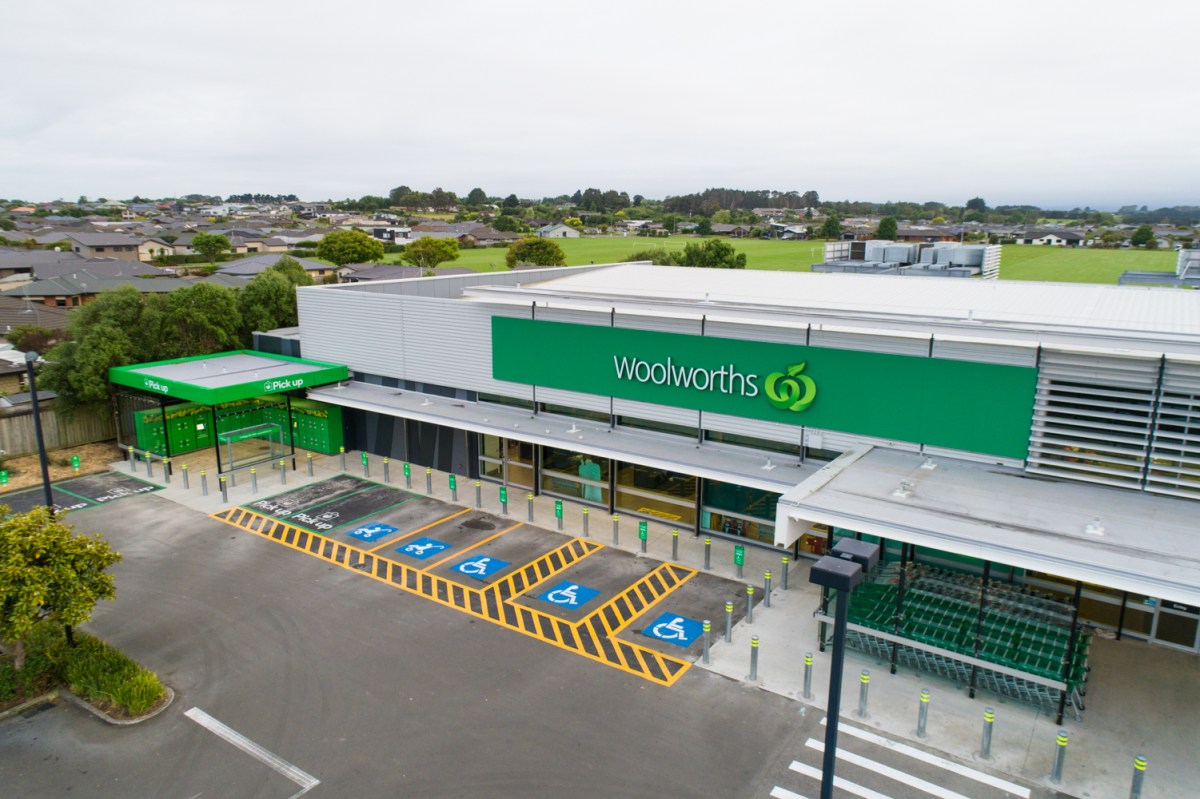Retail has overtaken banking to become Australia’s most valuable sector, with Woolworths named as Australia’s most valuable brand for the second consecutive year.
Brand Finance, a leading independent branded business valuation and strategy consultancy, has published its 2021 Australia 100 report, detailing the most valuable and strongest brands in Australia.
Brand Finance compiles the list using what it calls its ‘Royalty Relief approach’, which involves estimating the likely future sales that are attributable to a brand and calculating a royalty rate that would be charged for the use of that brand. The overall brand value also includes a brand strength index and estimated brand revenues.
For the second time, Woolworths came out on top with a brand value of $12.6 billion, which is a 6.4 per cent increase on its 2020 value. Coles also made it into the top five brands, ranked number four with a brand value of $7.9 billion (up 4.1 per cent from last year). IGA was ranked 44, up from 59 last year.
Mark Crowe, Managing Director, Brand Finance, said: “Despite the precarious financial conditions created by the pandemic, the Australian retail sector has benefitted considerably from the boom in spending on essential items such as food, medicine, and other household goods.
“While strong Australian supermarket brands such as Woolworths and Coles have been instrumental in driving up this brand value, the sector is not void of vulnerability to disruption, especially from tech-led challengers.”
When ranked by brand strength, Optus achieved an AAA rating and was ranked number two, down from being number one in 2020. Nestlé’s Milo also achieved an AAA rating and was ranked number six, down from four in 2020.
This year’s Australia 100 also saw a number of other FMCG-related brands make the list, including Rexona at number 14, Milo at 19 and Devondale at 26. Tip Top was ranked 72, down from 67 last year.
There were also a number of oil and gas companies on the list, including Woodside at 20, Santos at 35 and Origin at 36.
Crowe added: “What is the purpose of a strong brand: to attract customers, to build loyalty, to motivate staff? All true, but for a commercial brand at least, the first answer must always be ‘to make money’.
“Huge investments are made in the design, launch, and ongoing promotion of brands. Given their potential financial value, this makes sense. Unfortunately, most organisations fail to go beyond that, missing huge opportunities to effectively make use of what are often their most important assets.
“Monitoring of brand performance should be the next step, but is often sporadic. Where it does take place, it frequently lacks financial rigour and is heavily reliant on qualitative measures, poorly understood by non-marketers.
“As a result, marketing teams struggle to communicate the value of their work and boards then underestimate the significance of their brands to the business. Sceptical finance teams, unconvinced by what they perceive as marketing mumbo jumbo, may fail to agree necessary investments.
“What marketing spend there is, can end up poorly directed as marketers are left to operate with insufficient financial guidance or accountability. The end result can be a slow but steady downward spiral of poor communication, wasted resources, and a negative impact on the bottom line.”
By Deborah Jackson
c-store.com.au



